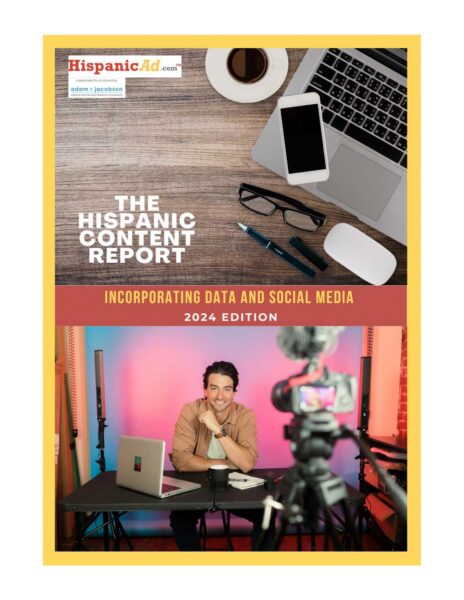Marketers and Parents: don’t forget traditional non-tech toys.
August 30, 2008
Forget the beeps, buzzes and whistles – while tech toys are still popular, non-tech toys remain strong favorites. This is according to a new study released at the Sandbox Summit, New Playing Fields: Building a 21st Century Sandbox, in New York City.
“While traditional toys are still popular, the nature of “play” is changing for today’s youth, both in terms of the activities they participate in and the outcomes they expect from play. In today’s world, kids are actually more likely to be playing alone with their favorite toys versus playing with others. While the most important goal that kids have when playing is still to have fun, toy makers and marketers need to keep their designs and messages in tune with evolving forms of play – across age ranges and gender preferences– in order to engage with kids and their parents in current, relevant and profitable ways,” says Peter Shafer, Vice President for the Youth Center of Excellence.
Harris Interactive’s Youth Center of Excellence collaborated on the development of this study with Claire Greene and Wendy Smolen, founders of the Sandbox Summit, an organization dedicated to looking at how technology is changing the way kids play, learn and connect in today’s world.
According to Claire Green, co-founder of Sandbox Summit, “We’ve crossed the digital Rubicon. We know technology is here to stay. As adults we have a responsibility to understand how tech toys, from electronics to online communities, affect the way kids learn to play and think.”
Some striking findings from this study include:
* Over 3 in 5 Tweens agree that toys are necessary to have fun (62%). When naming their favorite toys an actual brand/toy name is mentioned nearly two thirds of the time (67%) with Tweens are more likely than teens to mention a brand/toy name (74% Tweens vs. 65% Teens). When specific brands are looked at, the top two favorite brand mentions are toys with no batteries or electronic technology.
* Probably not surprising, imagination, challenge and ease of use outweigh the desire for social and learning aspects of toys. For Tween girls it is important that toys are fun (88%), easy to use (78%), and makes them use their imagination (69%). For Tween boys it is extremely/very important that toys are fun (93%), makes them use their imagination (66%), and are challenging (61%).
* Boys and girls differ in what they value in play experiences. Tween boys like the challenge of playing with their favorite toy (Tween boys 21% vs. Tween girls 11%). Tween girls like the ability to play with their favorite toy in different ways (Tween girls 22% vs. Tween boys 16%). When asked what they enjoyed most about playing with their favorite toy, the top five responses reported were fun (22%), variety of ways to play (22%), pretend role play (20%), creativity and building (16%), and imagination (13%).
According to Dr. Suzanne Martin, President of Martin Consulting, “In a time when youth’s lives are filled with increasingly rigid scheduling and structure, they desire and appreciate toys that afford them the opportunity to express themselves, be creative, and offer options for a variety of experiences. Furthermore, an individual’s perceived level of creativity may have implications for future career choices.” Self perceived creativity goes down with age, with over half (53%) of Tweens and 45% of teens self reporting as extremely/very creative. Youth who described themselves as extremely or very creative are more likely to see themselves in a technology or engineering related job more than those who described themselves as creative/somewhat creative/not all creative (33% vs. 22%).
“As toy makers plan for the future, they need to keep several youth requisites in mind”, according to Shafer. “Toys need to be easy to use, and simple to interact and play with. It’s also vital that these toys are designed to deliver a variety of experiences, in a single product. Youth today are demanding a lot in a toy, it is now up to the toy makers to deliver that to them.”
To view charts CLICK above on ‘More Images’.
For more information at http://www.sandboxsummit.org>






























